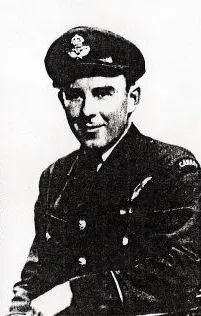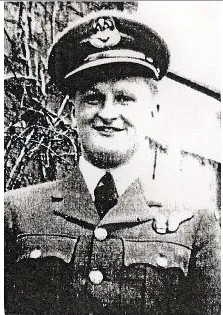Traill, James Edward (Flying Officer)
Killed in Action 1945-March-21


Birth Date: unkown date
Born:
Parents:
Spouse:
Home: Lanark, Ontario
Enlistment:
Enlistment Date: unkown date
Service
RCAF
Unit
161 Sqn- Squadron (RAF)
Liberate
Base
Rank
Flying Officer
Position
Wireless Air Gunner
Service Numbers
J/87484
Prev: R/146680
Home
Crew or Other Personnel
Hudson T9445
Hudson serial: T9445

Source National Air Force Museum of Canada.
The Lockheed Hudson was an American-built light bomber and coastal reconnaissance aircraft built initially for the Royal Air Force (RAF) shortly before the outbreak of the Second World War and primarily operated by the RAF thereafter. The Hudson served throughout the war, mainly with Coastal Command, but also in transport and training roles, as well as delivering agents into occupied France. They were also used extensively with the Royal Canadian Air Force's (RCAF) anti-submarine squadrons. National Air Force Museum of Canada.

